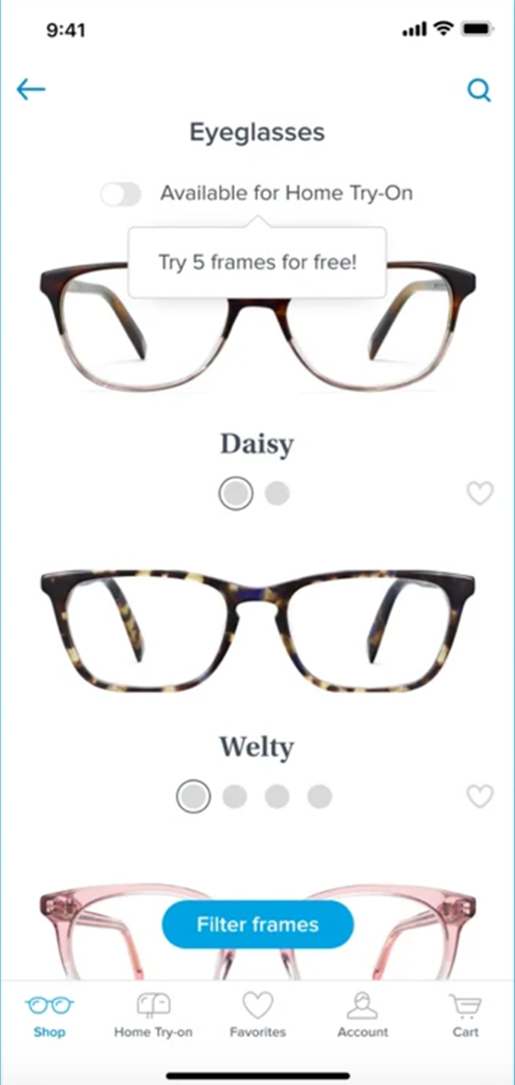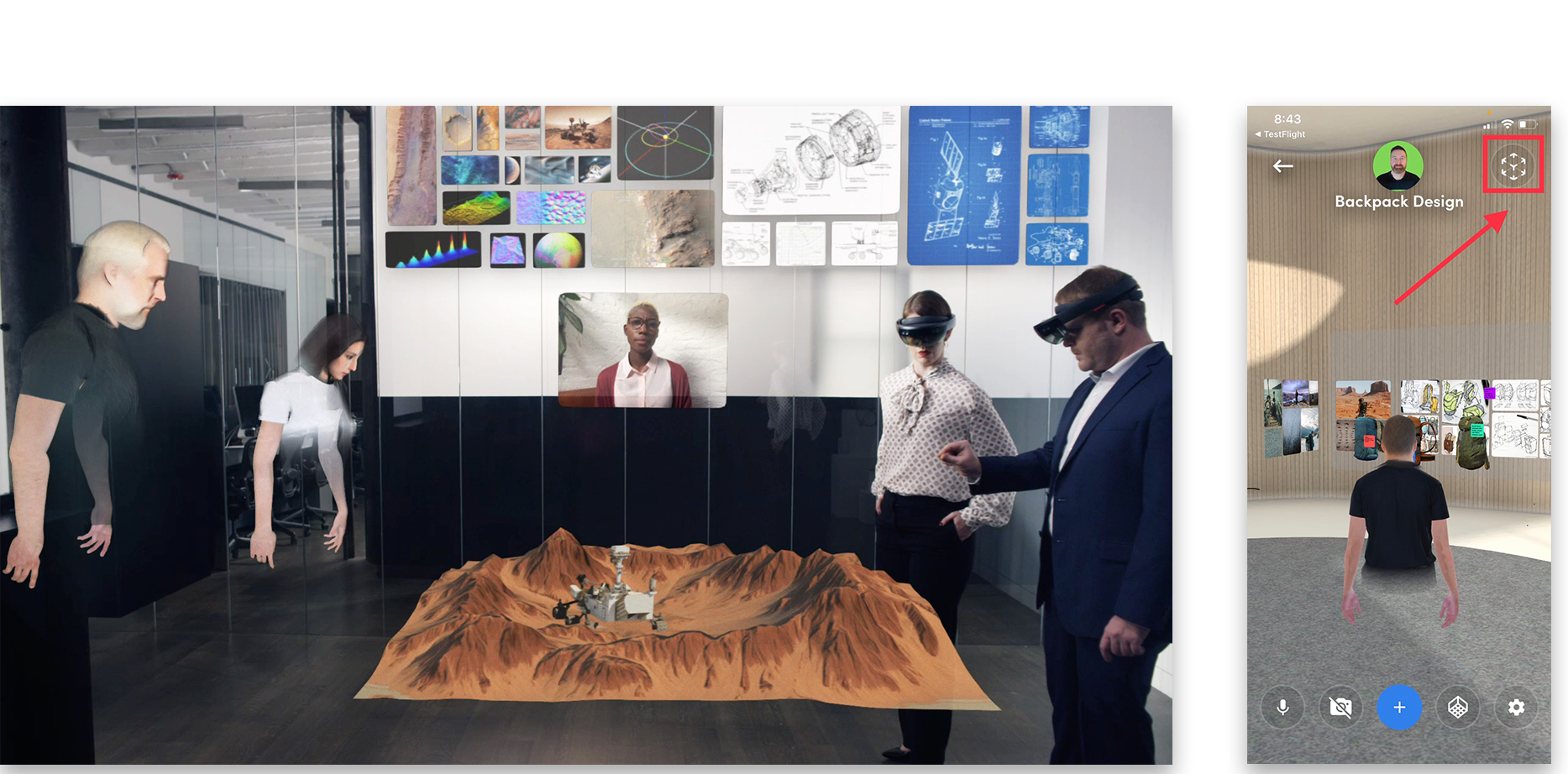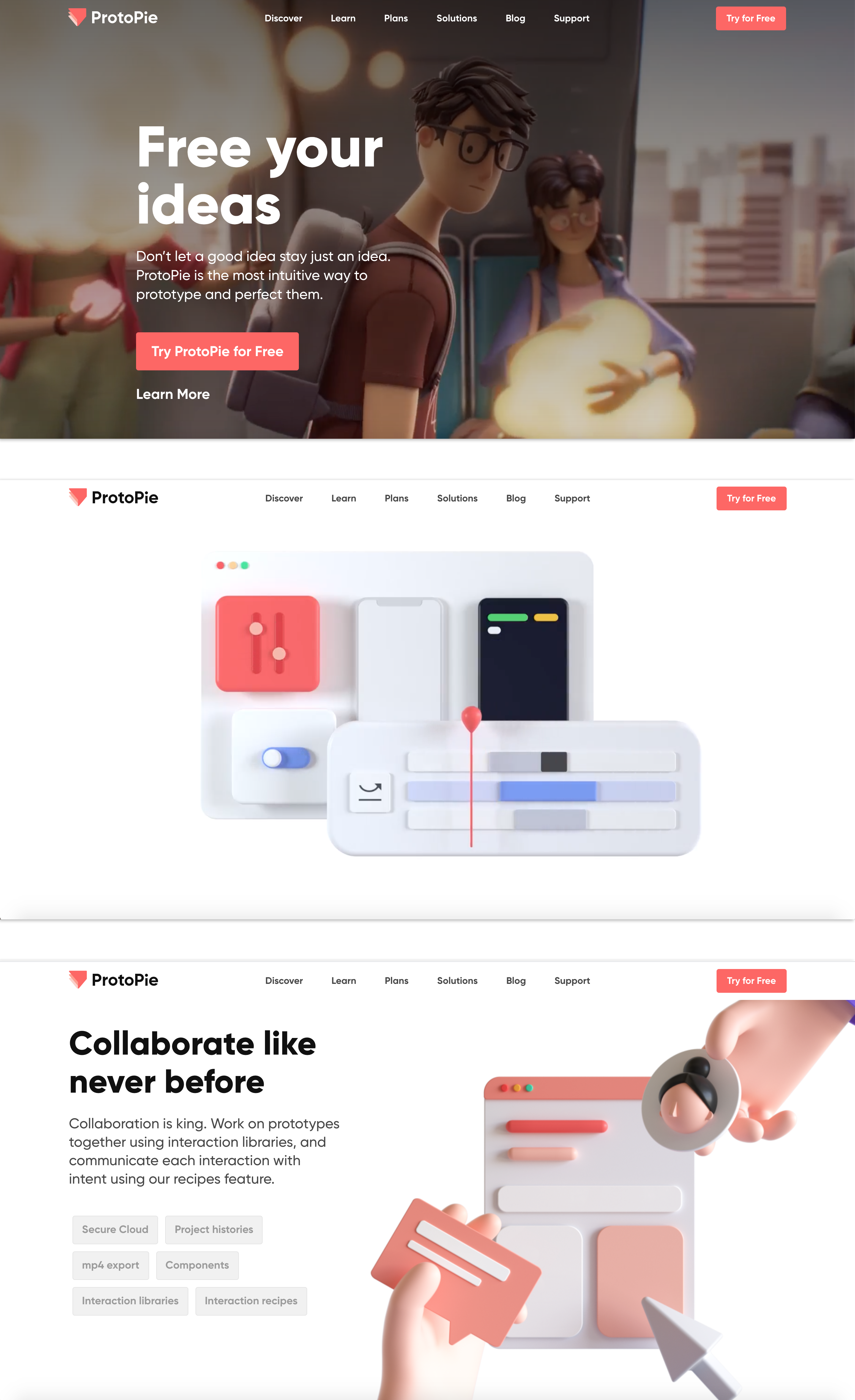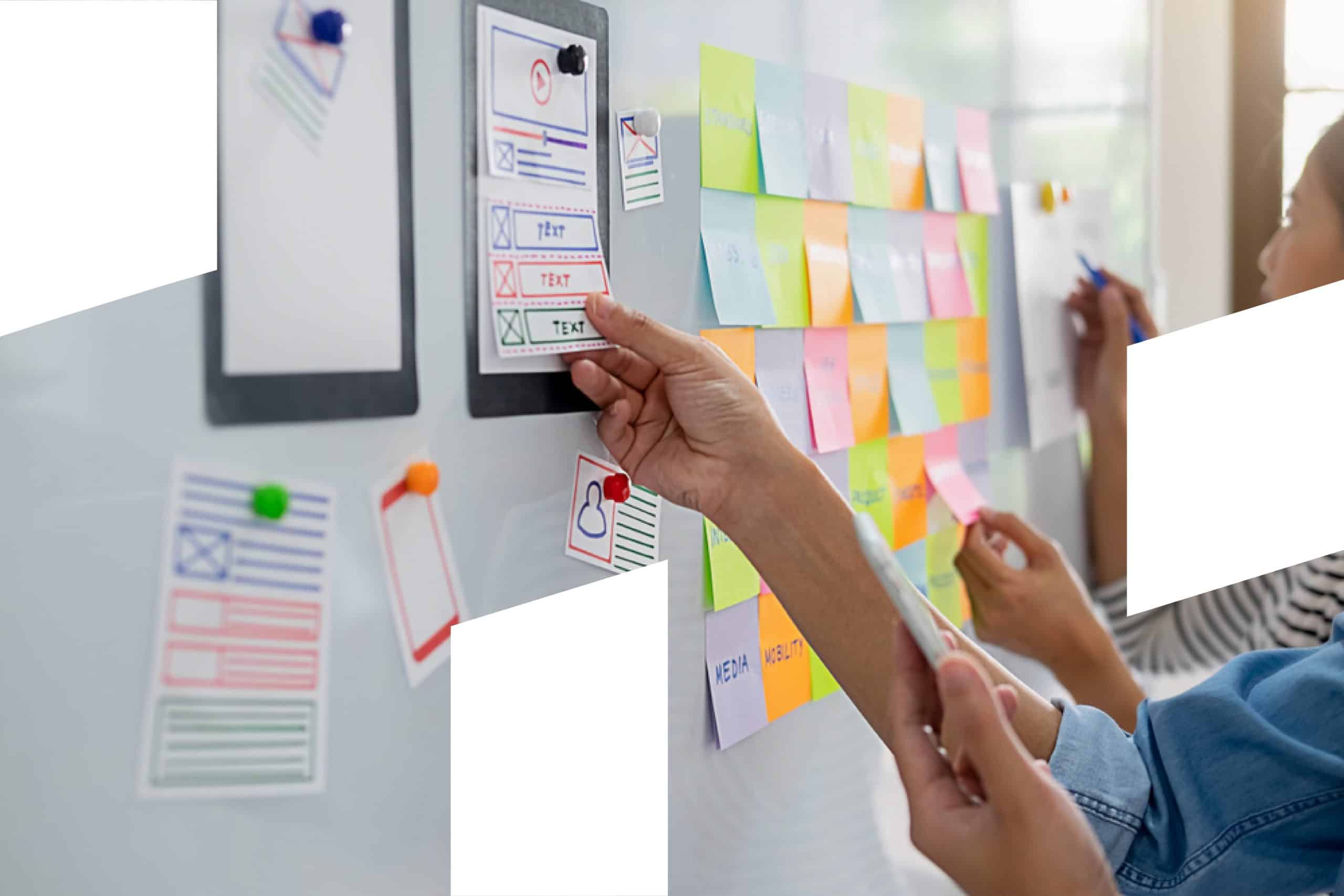Top 5 UX & UI Trends in 2021
Top 5 UX & UI Trends in 2021
The COVID-19 pandemic has allowed us to adapt to a rapid digital transformation era. While digital business models allow fundamentals to be realigned, we are transitioning to a new normal rather than returning to normal. Meanwhile, our many traditional behaviours are transforming. Reality is largely shifting to the digital sphere and most of our changing behaviours are becoming permanent. In 2021, user experience trends are being reshaped in light of digital transformation.
1. Reality is shifting to digital on a large scale
The past year has seen a significant increase in the number of transactions that must be performed remotely due to social isolation. Many sectors such as shopping, healthcare, and banking are shifting to digital experiences.
In-store experiences are supported by 3D and virtual try-on
VR-supported tours are beginning to become permanent elements of user experience as a consequence of mandated physical distancing. Additionally, users who want to try products before buying them online can try them on virtually, or those who want to see grocery products on the shelves can explore digital shop shelves. Such lifelike experiences supported by 3D are able to attract greater user attention than conventional online shopping experiences.




Users are permanently adopting remote consulting
Online healthcare consultancy is gaining long-term user trust. Moreover, remote meetings, which predated the COVID-19 pandemic, require a personalised and inclusive user experience by adopting the most realistic form possible. Further, voice assistants make a great contribution to such realistic experiences.






2. Remote education and hybrid working seem to be permanent
While remote education can offer significant contributions to permanent learning, various companies such as Google and Microsoft have enabled more permanent remote working during the pandemic. In addition, companies such as Siemens and PepsiCo have implemented a hybrid working model which involves being physically present in the office on certain days of the week. Thus, user interactions with remote collaboration tools are increasing day-by-day.
Conference and remote communication tools bring a different dimension to user experience
Interactions between a diverse range of communication platforms such as Zoom, Microsoft Teams, Cisco Webex, and Google Meet have increased dramatically. Meanwhile, platforms such as Miro are being used to facilitate cooperation and enable designers to adopt online teamwork and workshops. Such platforms are likely to be a part of the workplace for a long time.





The beginning of the age of multidisciplinary designers
This year, designers are becoming new developers as Android and IOS begin to evaporate the functional differences between their operating systems that offer fairly similar experiences. Additionally, a variety of platforms are becoming increasingly popular which can support designers to become multidisciplinary designers who do not require additional development support, including mobile and web low-code development platforms such as Appy Pie, Nintex Process, Salesforce, and Airtable which automate every stage of the workflow, as well as no-code platforms such as Webflow, Scapic, and Bubble.



3. Compelling storytelling and personalized experiences are becoming increasingly valued in the digital world
Presenting product stories in an impressive and engaging way is a rising digital trend in 2021. According to research, exposure to powerful storytelling increase users’ mental activities and allow them to more easily understand and remember products and services. Furthermore, personalized experiences have gained greater importance for user experience this year.
Impressive and interactive storytelling matters at every stage of the user experience
It is highly important for designers to develop greater marketing knowledge and learn how to present this in an impressive manner. That is why the ability to offer compelling product and service stories greatly affects the user experience. Storytelling begins to affect users from the onboarding stage of a digital product. In addition, blank status, and error messages offer opportunities to reinforce the user’s commitment to the storytelling experience. Stories can progress in a personalized way that prompts the user to want to move forward. This year, such personalized stories will be supported by AR / VR and powerful illustrations. In addition, scroll-triggered animations that have been a part of user experience in recent years will continue to maintain their importance in the user experience.

Slack Mobile App – Onboarding



Plank Web – Scroll Triggered Animations



User experience is getting more personalised
Artificial intelligence improves every year and takes personalisation of the user experience to the next level. Personalized experiences allow users to feel closer to products and services and create a real connection between them. Big data analytics and customer engagement platforms like Dataroid helps companies create real-time experiences that are personalized and data-driven on any channel. Meanwhile, it also increases conversions for clients and saves time by eliminating the need for user and designer analysis.
4. Augmented analytics supports abstract data visualisation
In the age of digital transformation in which soft data is increasing and information consumption is accelerating, the user experience benefits from the power of augmented analytics to concretise and enhance information comprehension.
Many augmented analytics platforms such as Datadog and Tableau combine artificial intelligence and data analysis to enable users to extract value from data. Many companies such as Facebook, Amazon, and Google make use of augmented analytics to analyse abstract data and match them with user profiles, thereby offering them effective content.
5. The power of distinction is increasing in user experience design
Users who spend each day in front of screens and digital media are more attracted designs that surprise and entertain them. Design elements are therefore becoming increasingly radical and it is ever more critical to develop distinctive designs in 2021.
Mixed typeface supported with bold typography and blended graphics
Conventional-sized typographies are becoming bold in UI design this year. Yet mixed typeface—a combination of different fonts—supports visual interest through creating a visual hierarchy. Graphics and bold colour combinations that blend real textures with photographs will also accompany bold typography this year.


3D elements are on the rise
The use of soft textures, textured layers, and floating elements that draw user attention by creating a sense of 3D in the user interface will become increasingly important in 2021. Moreover, live animations that can quickly affect users in combination with sound, images, and movement will also become more prominent. Vivid and 3D illustrations also support the sense of reality.

ProtoPie Web – Animated 3D Illustrations
Split and asymmetric screen design return
The use of split screen is predicted to become a trend again in 2021, prompting designers to begin using asymmetric partitions again. This approach appears as a new take on an old trend and brings new vision to the user perspective.
Remote communication and cooperation, bringing digital to reality, and being distinctive and innovative are steps that stretch the boundaries of social distancing and will clearly be influential in 2021 and beyond. Many of the habits we gained quickly during the COVID-19 pandemic will become permanent and those who adapt to this change and observe digital trends will continue to progress.
Reading Time: 5 minutes
Don’t miss out the latestCommencis Thoughts and News.




